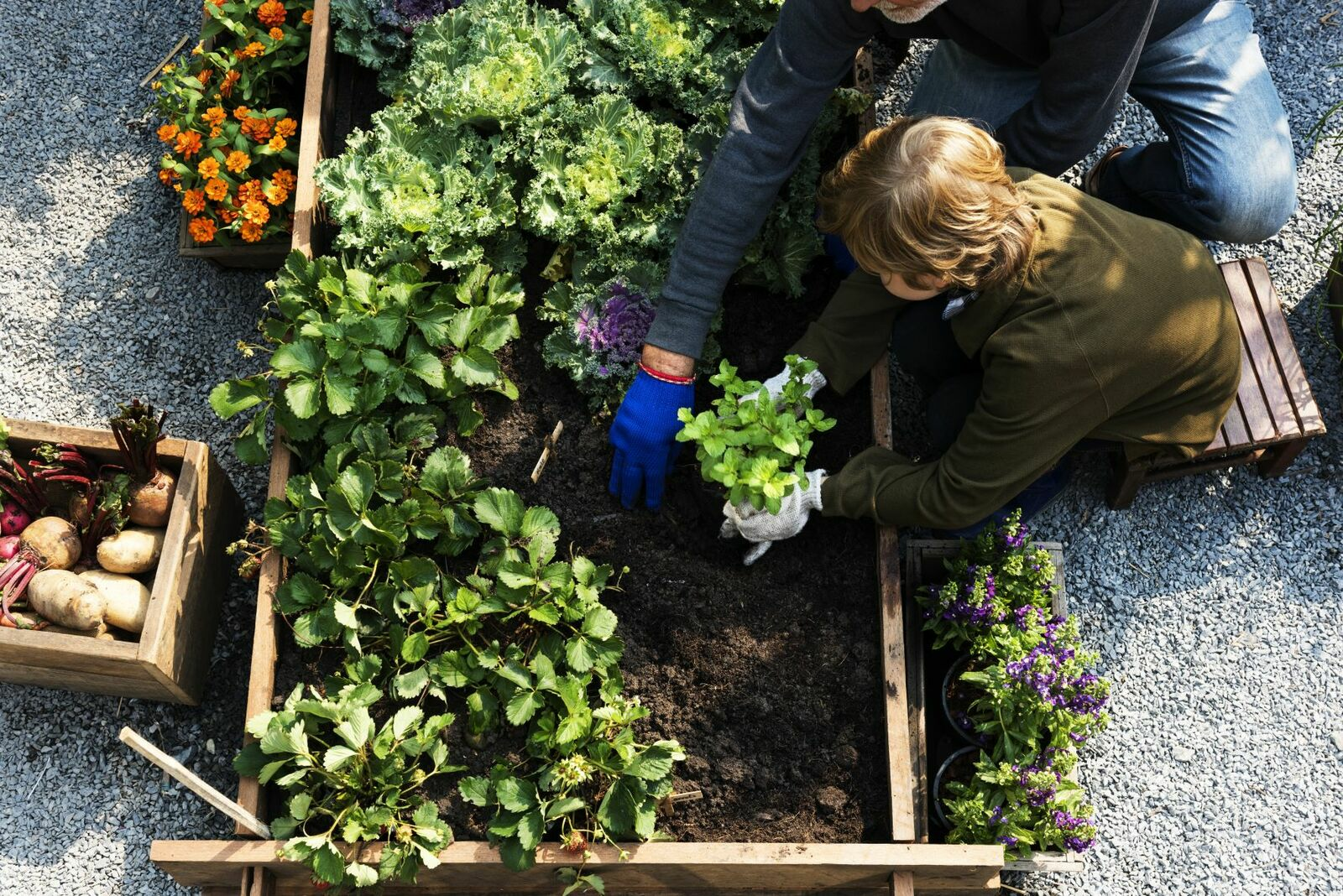
Small Vegetable Garden, Big Harvest - Here’s How
You can also harvest a lot from small beds if you follow a few tips. We have put together some tips and tricks on how to get the most out of a small garden. This makes gardening fun and satisfying, even in small vegetable patches!
This Article Contains:
Quick Overview
Tips for Saving Space in a Small Garden:
- The right choice of plants: small vegetables and narrow shrubs
- Vegetables with a long harvest time for better time utilization
- Mixed cultivation to plant lots of different vegetables in as little space as possible
- Create height levels such as raised beds and hanging beds to utilize the vertical level.
Creating and Planting Small Vegetable Garden
If you only have a small area available, you can grow vegetables that require little space. For example, you can grow runner beans instead of bush beans. These tend to use the space vertically and do not spread out so lushly over the small bed. The same applies if you plant pole tomatoes instead of bush tomatoes. If you would like to Create a New Small Vegetable Patch, we have summarized some tips for you in our article. You can also find a list of vegetables that don't take up too much space here. So you can grow lots of vegetables in a small space.
Which Vegetables Need Little Space?
- turnips
- radish
- daikon
- carrots
- garlic
- runner beans
- celery
- winter postelein
- leek
- lamb's lettuce
- peas
- chinese cabbage
- swiss chard
- pole tomatoes
- kohlrabi
- beet
- sugar loaf

Want to Plan a Mixed Crop?
With our digital bed planner, you can easily plan a diverse mixed crop. Companion plants are displayed directly and you get tips on succession planting and crop rotation!
Plan a Bed NowVegetables That Can Be Harvested for a Long Time
It can also make sense to grow vegetables that can be harvested for a particularly long time. This way you can make the most of the limited space in your garden, at least in terms of time! Vegetables with a long harvest time include
- Chard can be harvested again and again if only the outer leaves are cut off.
- (Cut) lettuce, like chard, can be harvested as required by only ever harvesting the outer leaves.
- Runner beans produce new beans when they feel well and over a longer period.
- Kale is planted once and can be harvested again and again throughout the winter. However, it can take up quite a lot of space.
- Carrots can be sown again and again and then gradually harvested.
- In the case of beet and kohlrabi, the edible leaves can be harvested first before digging up the tubers.
Examples and Planting Plans for Small Mixed Culture Beds
This first bed has been designed so that you can grow many different types of vegetables in a small area. You can plant a total of approx. 5 kohlrabi, 2 chard, 5 peas, 2 Chinese cabbage, 7 leeks, 20 carrot plants and a few radishes in a bed measuring 120 x 200 cm/47 x 79 in.
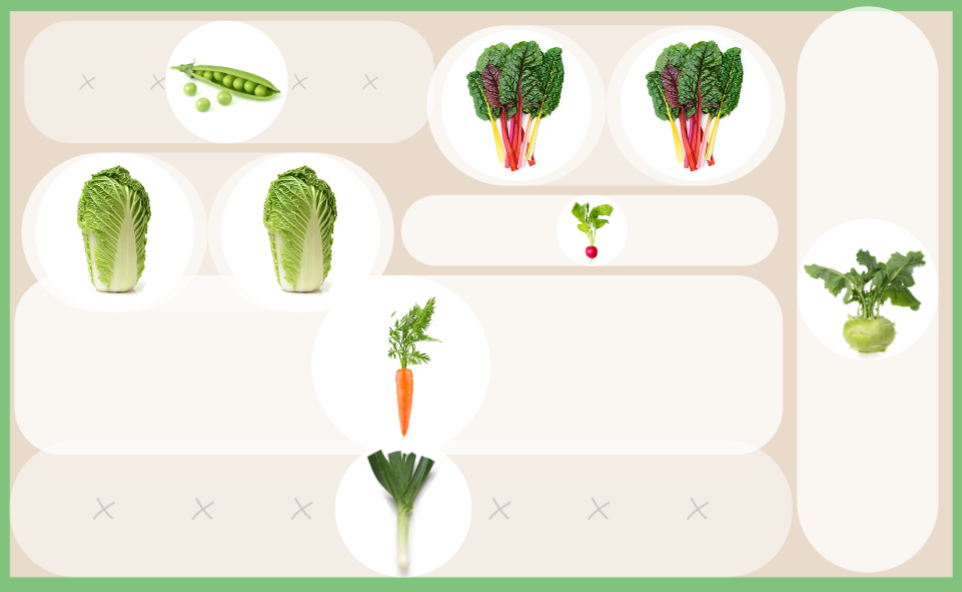
This bed plan is suitable for long, narrow beds, for example in a terraced house garden. You can accommodate a lot of plants in this small bed measuring 1 x 2.5 m/1.1 x 2.7 in: Approx. 12 carrots, 8 radishes, 2 runner beans, 5 kohlrabi, 2 rows of spinach, 3 chard plants, as well as savory. If there are any gaps, these can also be filled with more kohlrabi plants.
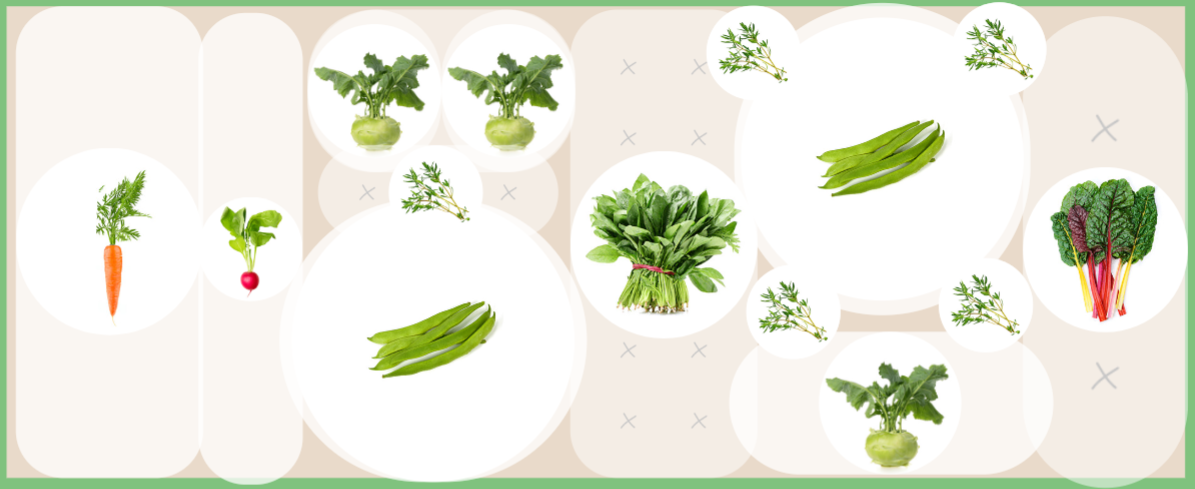
If you also want to go vertical to make the most of the height of your beds, you can try this "layered bed". Here, 2 - 3 runner beans and 2 - 3 tomato plants form the top layer. Underneath, you can either add more cabbage plants or sow herbs such as basil or savory.
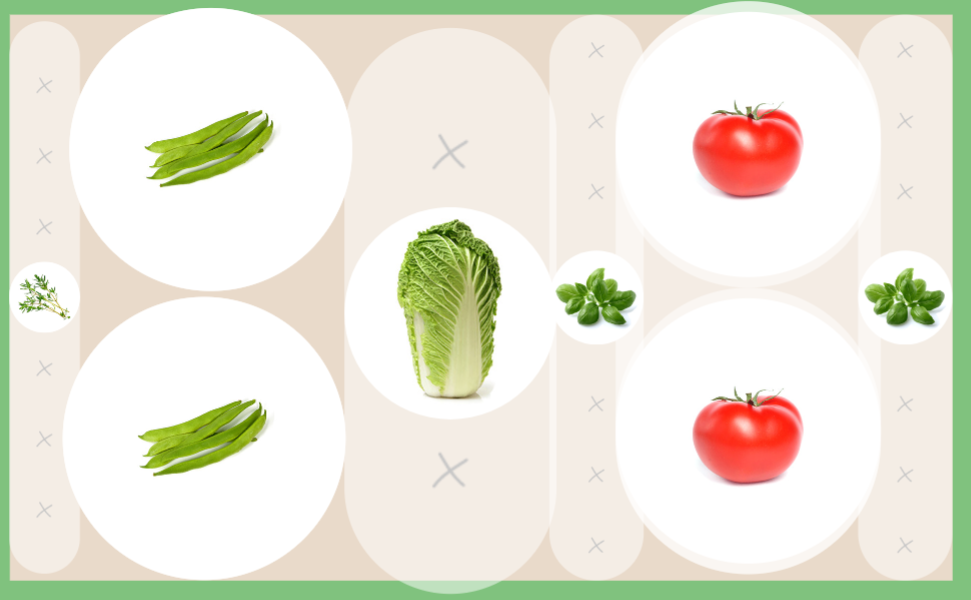
More Planting Plans for a Small Veggie Garden: Examples & Ideas
Here you can find more examples for your small vegetable garden and how you can efficiently use the space you have.
Ideas and Tips for a Small Vegetable Garden
To make the best possible use of the limited space, we have put together some tips on how you can also use the vertical plane.
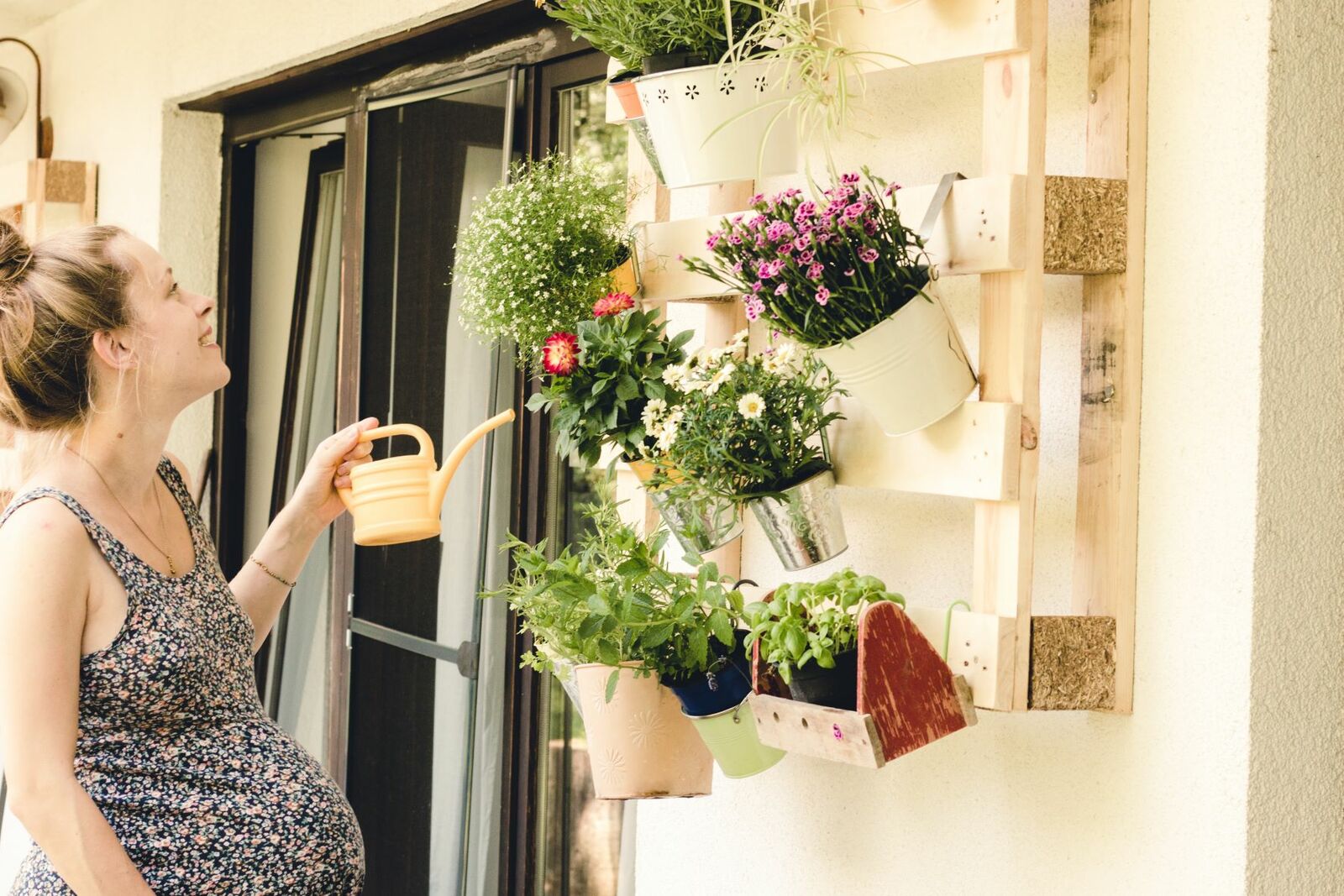
Raised Beds for Small Gardens
Small and narrow raised beds can give small gardens more structure and make them appear larger. You can also save space with raised beds: Planting cucumbers, small pumpkins, strawberries or other hanging plants on the edge not only looks beautiful, but also makes use of the vertical level.
Hanging Beds - Save Space With Vertical Beds
With this vertical bed design, you can decorate your house wall, for example. Not only does it look great, but it also saves a lot of space in small gardens. You can also create vertical beds like this on the south side of garden walls. You can either buy special devices for hanging beds or make them yourself from an old garden fence and flower pots. The pots are attached to the slats of the fence and then planted. Kitchen herbs, bush tomatoes, cucumbers, pumpkins, strawberries, lettuce and many other vegetable plants are suitable for planting. Just give it a try! Read more about vertical farming in our article Growing Zucchinis Vertically to Save Space: Ideas and Tips.
Height Levels for More Structural Diversity in Small Gardens
Once again, the vertical plane is utilized. Here you can create artificial levels that resemble a staircase. You can then plant these steps. In narrow terraced house gardens, the sides of the garden are ideal for this design method. This also creates a visual separation from the neighboring garden.
Trees in a Small Garden - The Right Woody Plants
It is important to choose plants that have a certain ornamental value all year round. For example, small woody species that flower in spring and have great leaf color in autumn are suitable. Examples of this are the witch hazel or the rock pear. You should also make sure to plant tall shrubs such as dwarf lilacs or roses, as these do not take up as much space. Larger trees should not be planted in a small garden. Only columnar cherries or miniature patio fruit trees are suitable for small gardens. You can also plant espalier fruit trees on a narrow strip next to the house wall.
Mixed Cultivation for Space-Saving Gardening
Mixed Cultivation is particularly suitable for small gardens, as taller climbing plants can be planted alongside flat-growing ground cover plants. This also shifts the bed into the horizontal plane. In addition, a colorful, mixed vegetable patch looks larger than a monotonous patch with only one or two types of vegetables.
I hope I have answered all your questions about your small vegetable garden. If you have any questions or comments, please write to us at [email protected].
Would you like to receive helpful gardening tips all year round and plan your own beds in the best possible way? Then register here or download the Fryd app for Android or iOS.
Fryd - your digital bed planner

Isabell
Isabell studies agricultural sciences and loves to be surprised by nature and its complexity again and again. Herbs - whether gathered wild or in the garden - are her passion.
Learn MoreCurrent Topics in the Community

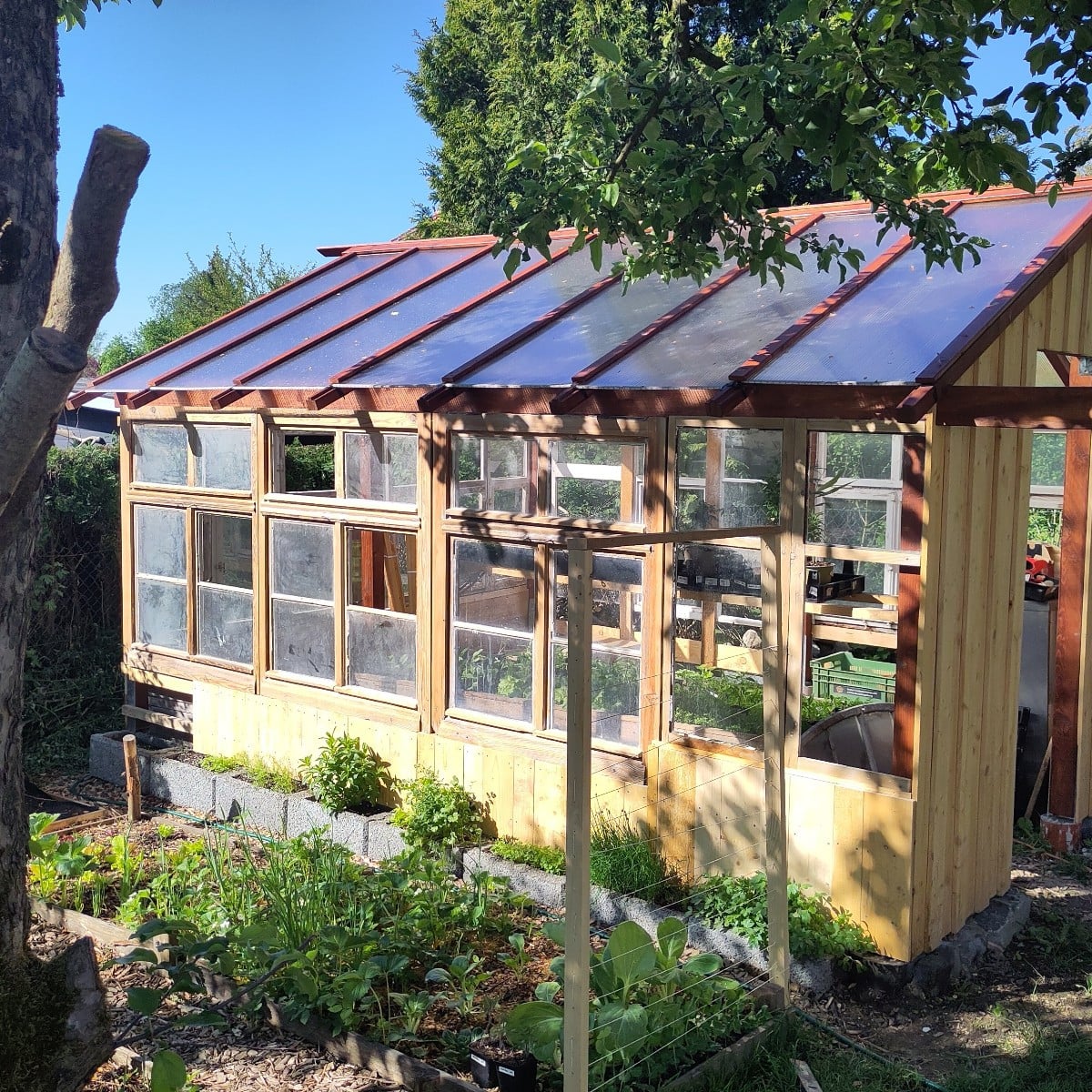
Liked 13 times
My #heart element is definitely my low-budget-lots-of-work-diy-greenhouse, I love it and I think the plants do too 😃
Show 3 answers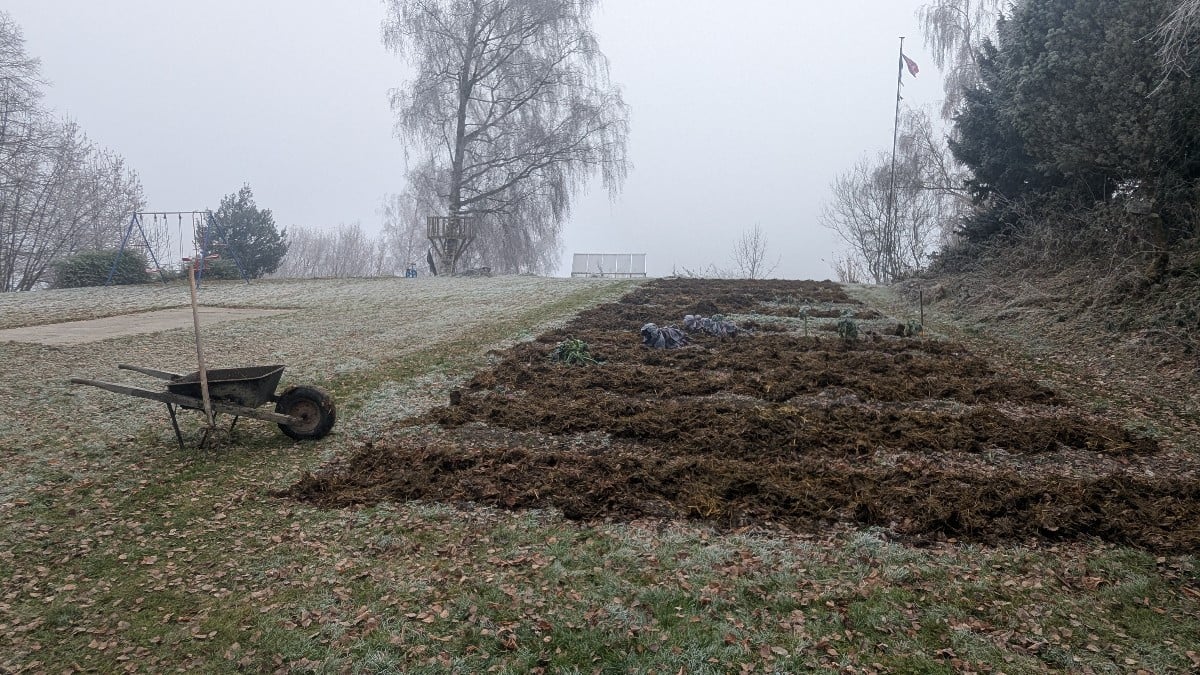
Liked 5 times
Finally managed to put some muck on it... Exactly when it's frosty, of course!
Show 1 answer
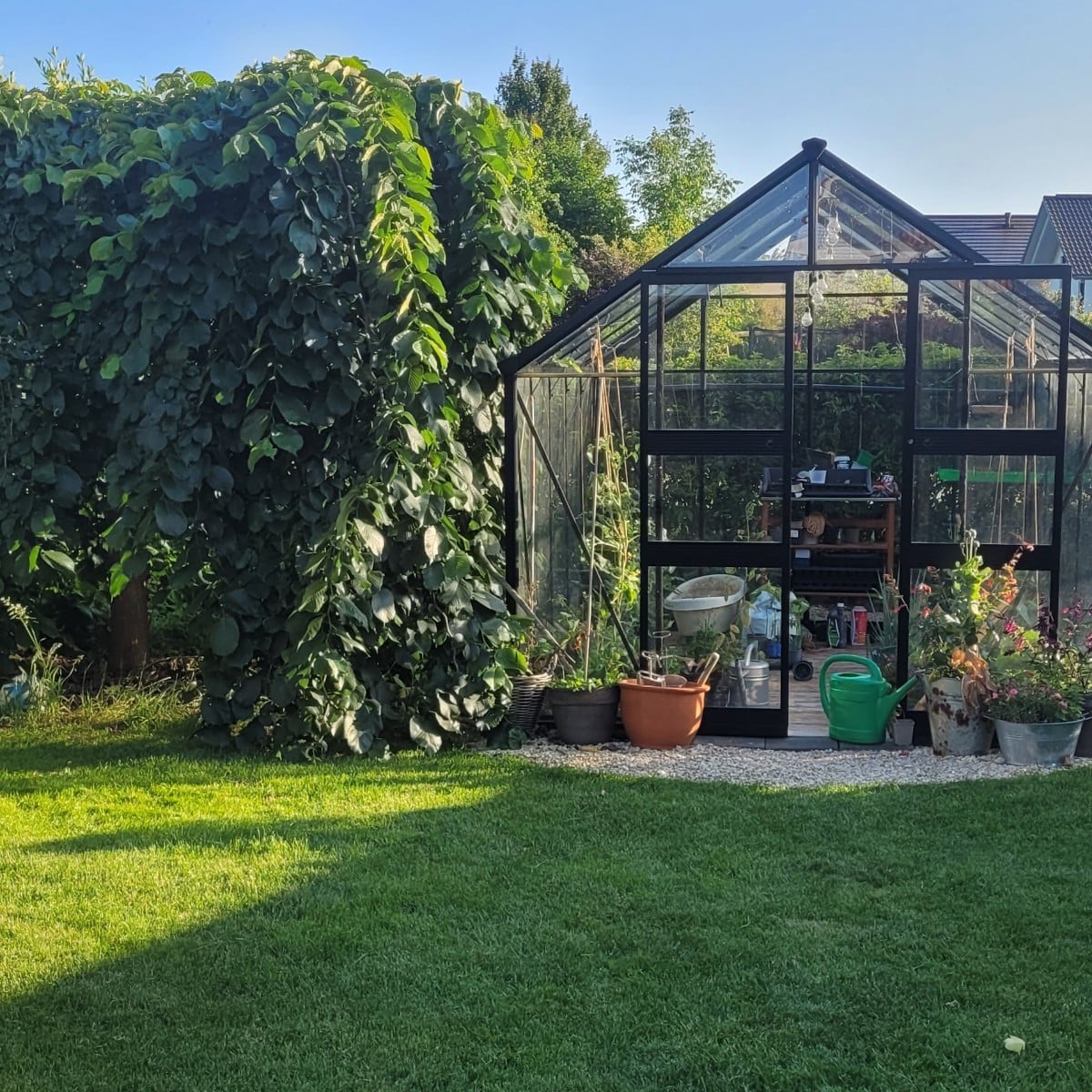
Liked 8 times
My greenhouse, which I bought about 3 years ago and built myself, is my absolute #heart element
Show 3 answersPopular Articles
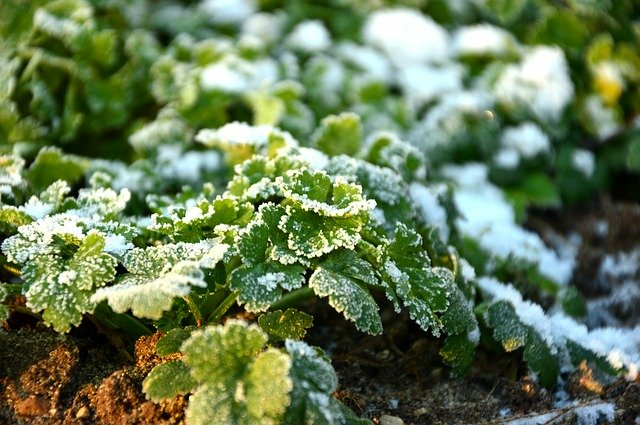
Overwintering Parsley: How to Do It Successfully
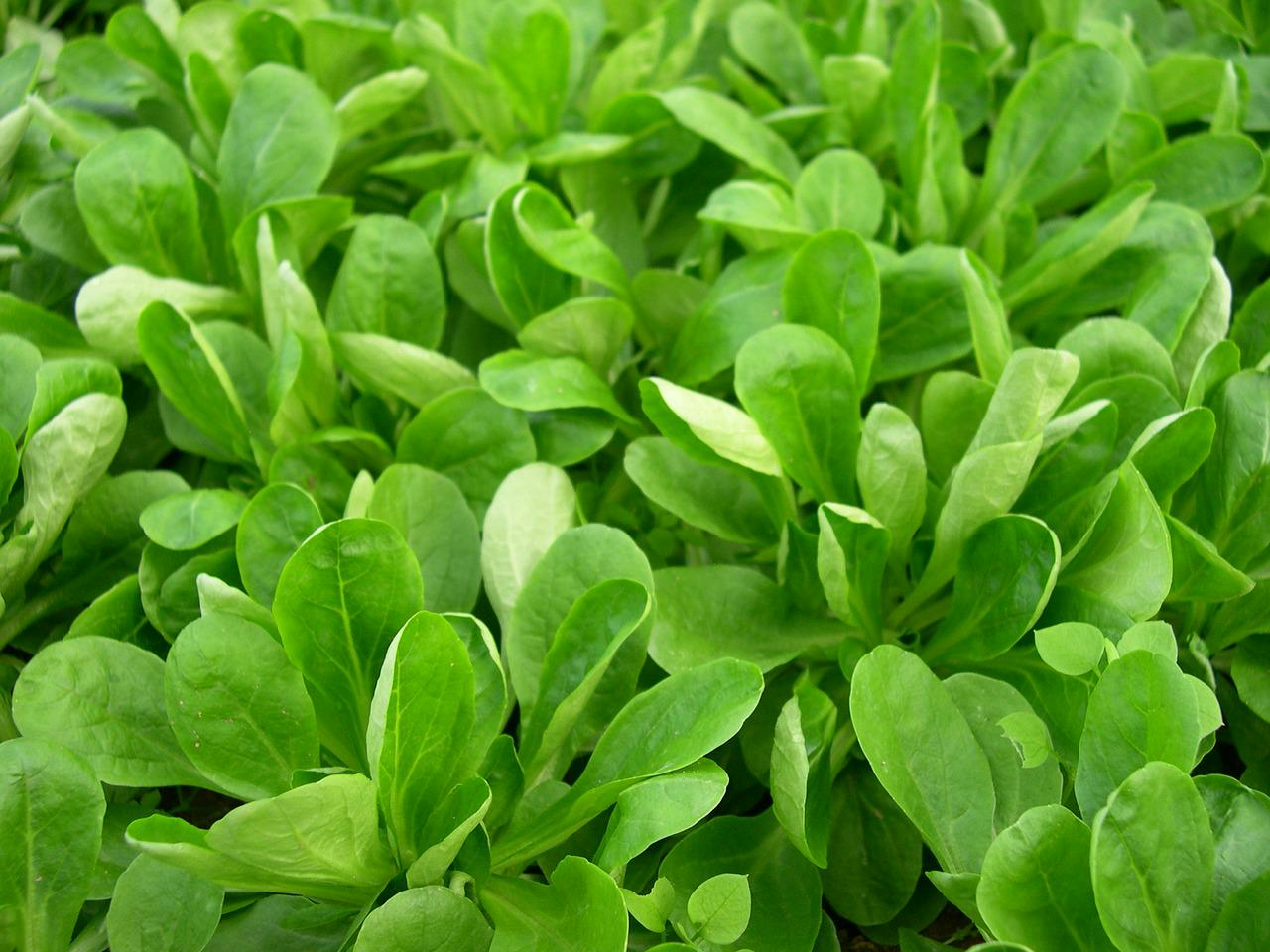
How to Grow Lettuce in Winter: Varieties, Sowing, Harvesting

Growing Sage Plant: Tips for Sowing and Harvesting
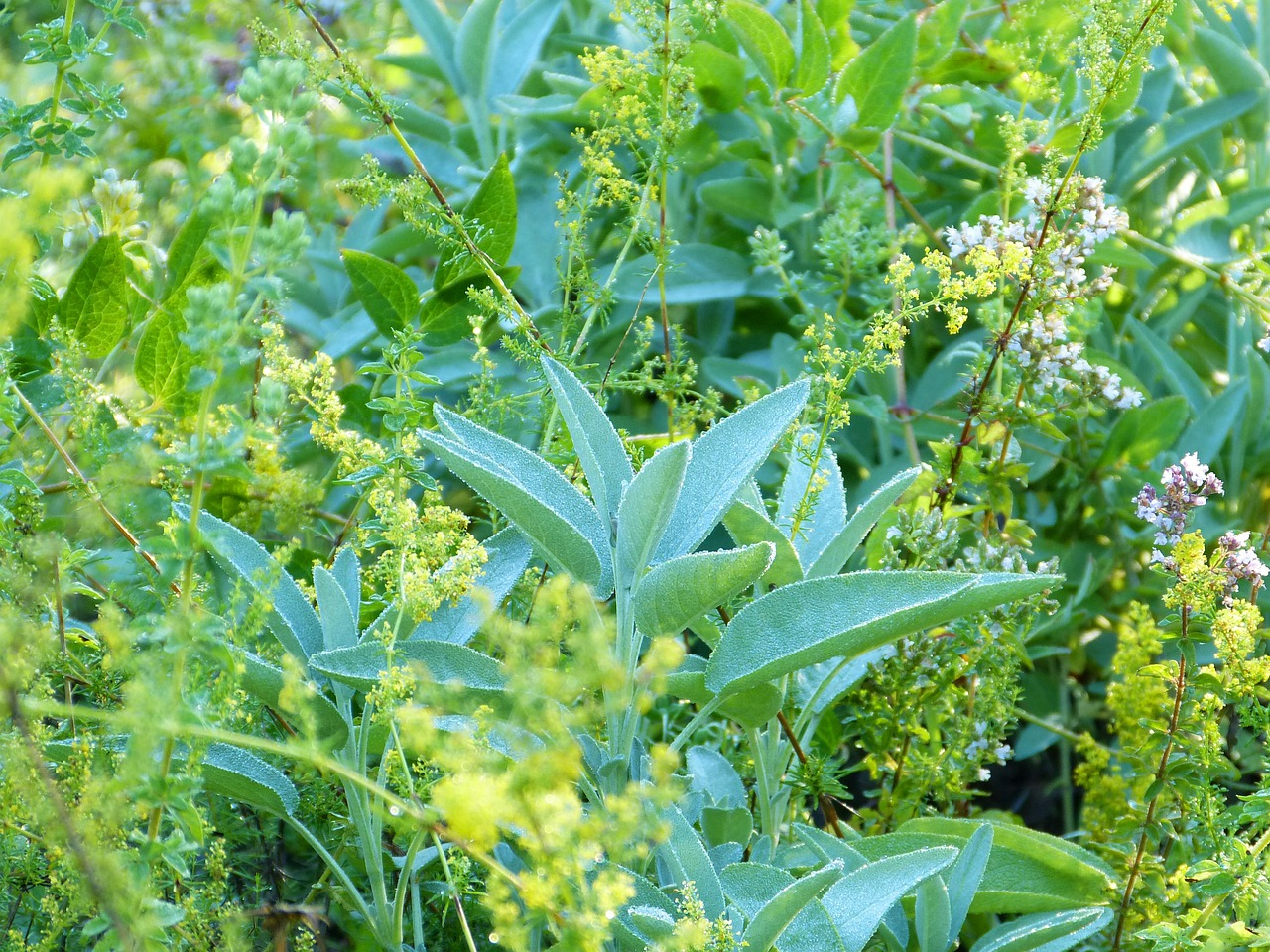
What Herbs Can Be Planted Together?
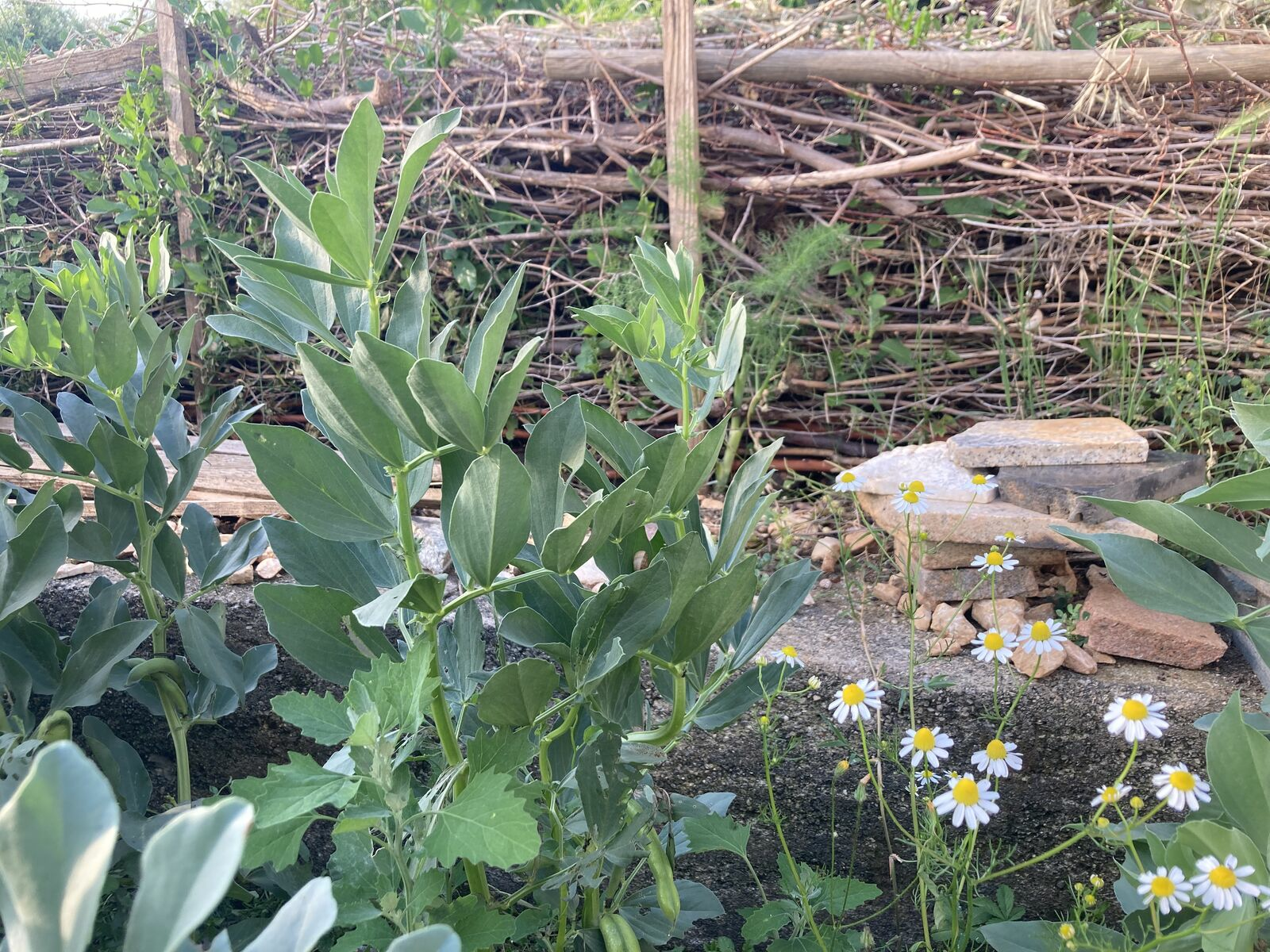
Create & Design a Permaculture Garden
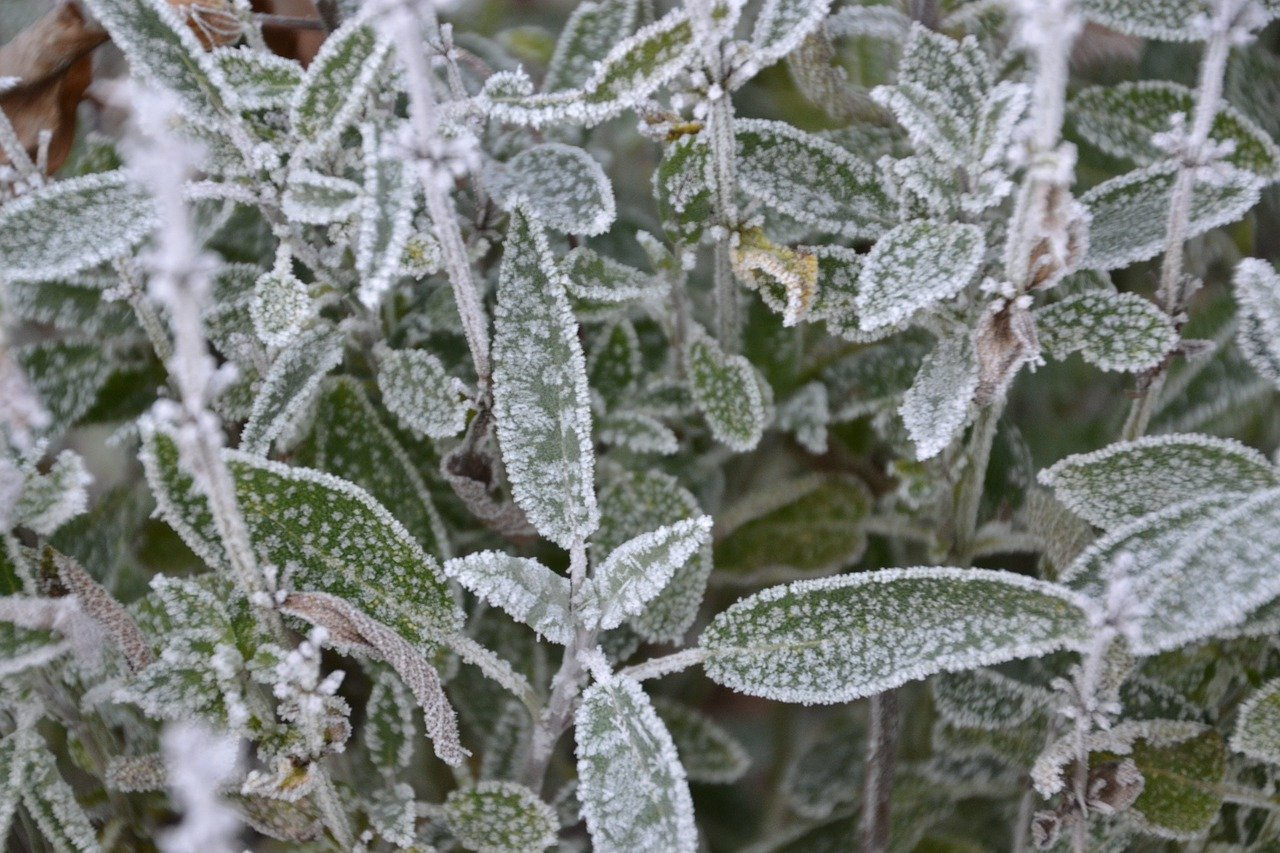
Overwintering Plants: Tubs, Pots and Raised Beds

Pruning, Fertilizing & Propagating Currants: Care Tips
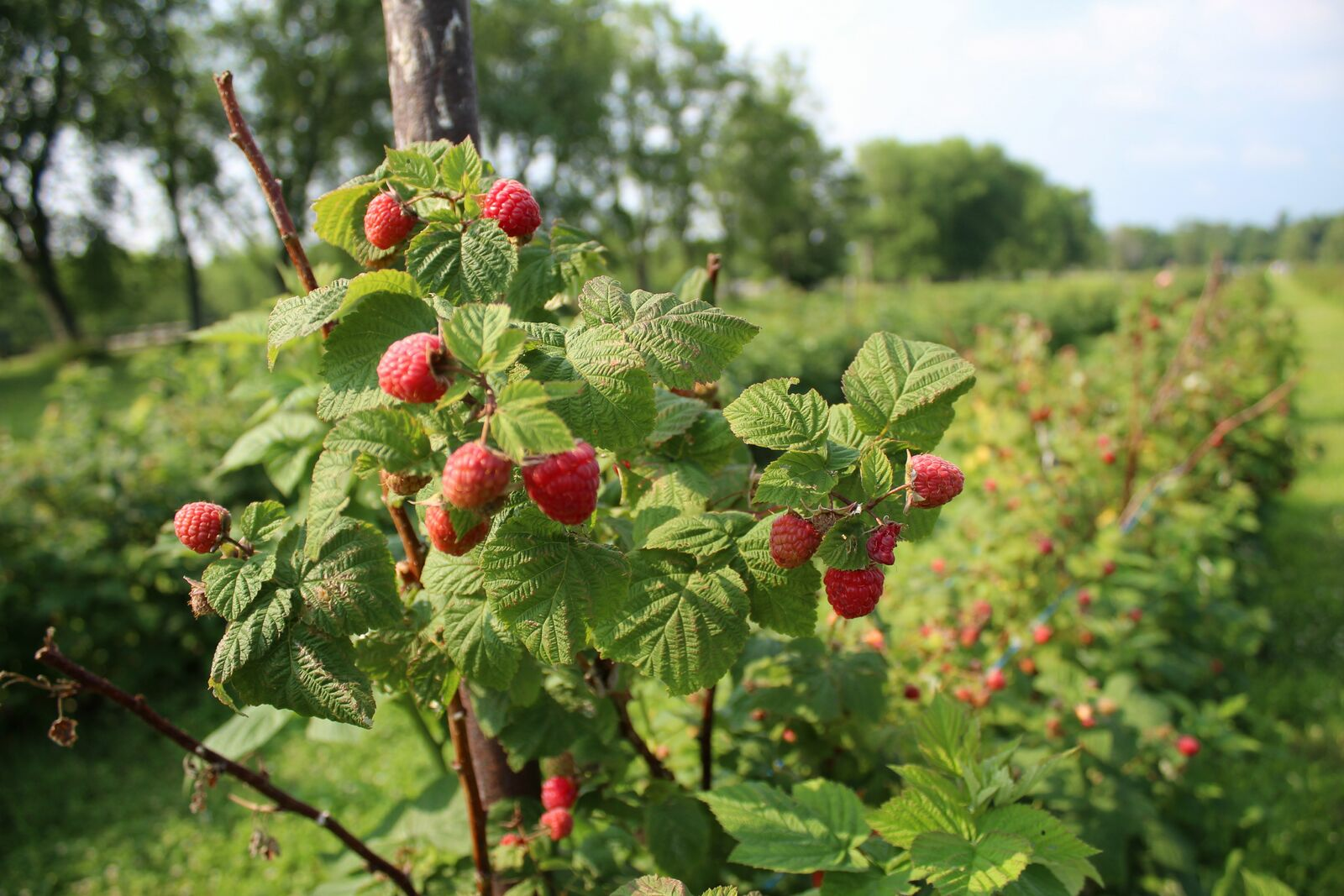
Pruning Raspberries: How to Do It
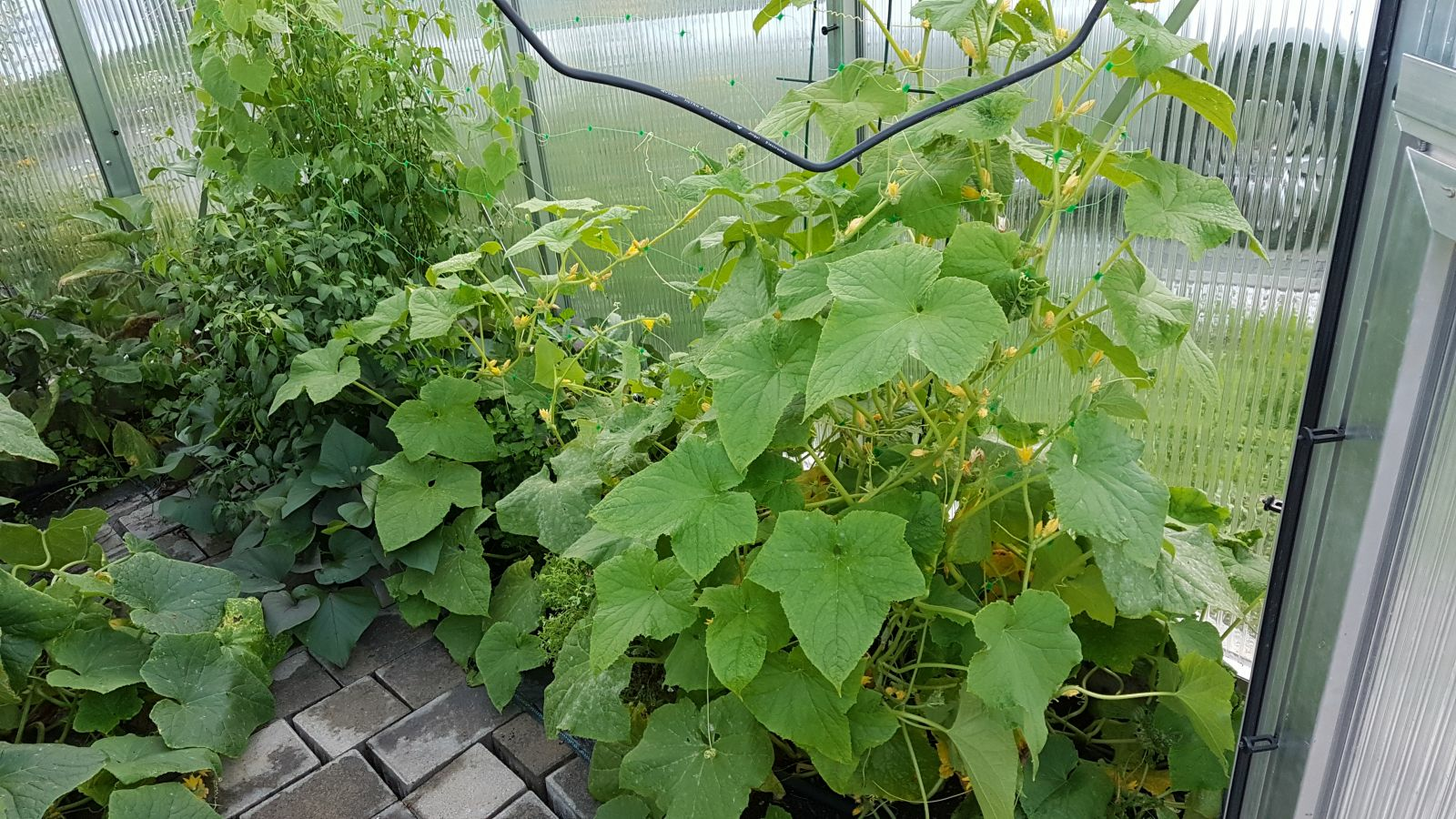
Vegetable Garden With Greenhouse: How to Use Greenhouse Effect
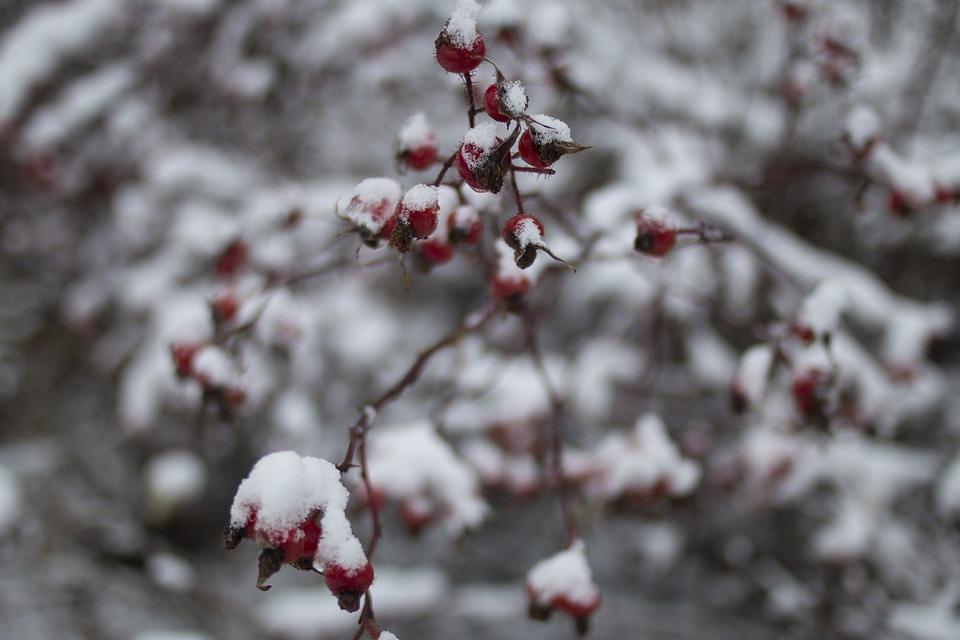
Winterizing Beds and the Garden: How to Do It